Leica Elmarit-M 28mm f2.8 ASPH Lens Review:
We all know, and love those super fast optics like the Noctilux and Summilux lenses but I think what Leica is really good at making as well are compact lenses that don’t necessarily have the largest maximum aperture but instead, offer great handling and usability. An example is pretty much any 35mm Summicron M lens or the Elmarit-M 28mm f2.8 ASPH, which is what I want to talk about here. I owned a 28mm Elmarit-M ASPH a few years ago during my M9 days but the latest version has been slightly updated, so I thought I’d see if I could get one to test out. Here’s what I think of it.
Thanks for taking the time to read my review! If it helped, please consider purchasing from any of the links mentioned in this post, which in turn, helps support this site. I get a small commission but it will not cost you anything extra. Thank you!
Leica Elmarit-M 28mm f2.8 ASPH Lens Build Quality:
Let’s start off with build, and in terms of that, the Elmarit-M 28mm f2.8 ASPH is an extremely solid and well-made lens. It’s made of all aluminum, and the quality is everything you would expect from Leica. Besides the sheer solidness of this lens, the features like the focus ring are silky smooth with just the right amount of resistance to give you better feel as you rotate it. There’s also a focus tab, which really just adds to the overall experience of using this lens. It makes it even more of a pleasure to focus it. Other features include an aperture ring that clicks beautifully in half stops. I have to give it to Leica because they really do know how to make a lens that just feels like it came straight from the golden era of rangefinders, and I mean this in a good way, of course. It really does feel special in the hands, and just so well-put together. Something like this can truly inspire confidence in the way you shoot but, of course, it comes with a price. While it may be more reasonably priced for a Leica lens, the 28mm is still pretty high if you compare it to competitors. The lens currently retails for $2,795.

↑ Here’s the Elmarit-M 28mm f2.8 ASPH attached to the Leica M11.
Ergonomics wise, the Elmarit-M 28mm f2.8 ASPH is just about perfect. This is a 28mm, which means it’s a lens one will use for all types of shooting ranging from street photography, landscape, environmental portraiture to travel. It’s the type of lens one carries around a lot, so it is meant to be compact, light, and unobtrusive. As far as I’m concerned, Leica completely achieved this goal with the 28mm Elmarit-M. In terms of dimensions, it measures just 2 x 1.2”/52 x 30.7mm. It also weighs just 6.2 oz/175 g, and uses 39mm filters. Together with an M (in this case, I was testing this lens with the new Leica M11), the combo is pretty much perfect. The 28mm isn’t front heavy when mounted on the camera. Instead, the combo is beautifully balanced, and just so easy to use. The lens is discreet, which makes it great for candids or street, and it is also light enough that you can carry it around all day without any fatigue. Like many of you, I am a fan of those ultra fast lenses like the 50mm Noctilux but I think if you truly want the full Leica M experience, there has to be one of these smaller type lenses that Leica makes in your bag. That’s just my opinion.
As I said earlier, there are a few minor updates that this latest version of the 28mm has when compared to its predecessor, and one is the lens hood. Unlike the older version, which came with a click on plastic lens hood, this new version comes with a metal screw on type, which I absolutely love. It stays on well and never comes off on its own. The lens cap also slides over the hood very securely. It’s worth noting that the lens hood stays on much better than the one on the previous lens, which always accidentally came off because it was just a rubber clip-on cap. Overall, the lens hood is a much cleaner, and much more well-thought out design than the one on the previous 28mm. It also just feels like a higher quality piece.
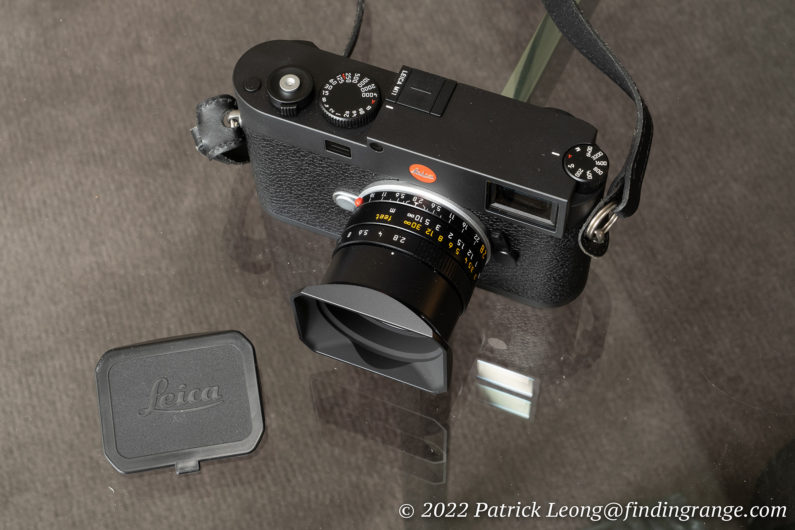
↑ Here’s a closer look of the lens hood.
Leica Elmarit-M 28mm f2.8 ASPH Lens Manual Focus:
As for focusing, the Elmarit-M 28mm f2.8 ASPH is a completely manual lens, and very easy to use. It’s a wide angle, and with a maximum aperture of f2.8, the depth of field isn’t too thin, so chances are, you won’t have much of an issue with precise focusing. Also, since this is a wide angle, and you therefore, have a larger depth of field, you wont even need to worry about focusing as much, if you don’t mind stopping the lens down a bit. Most of the time, I set a lens like this down to f5.6 or f8, and just point and click. Even in this age of modern cameras, I believe in using the lowest ISO possible for maximum quality. But it’s worth noting that with modern cameras, your quality won’t suffer as much even if you have to use a higher ISO setting in order to use a smaller aperture.
Leica Elmarit-M 28mm f2.8 ASPH Lens Image Quality:
Besides the build and ergonomics being top notch, I’m happy to report that image quality also impresses. Leica lenses have always been known for producing excellent image quality. There’s always a certain standard that you can expect from a Leica lens, and it makes sense, since for one, they are often a lot more expensive than nearly anything else out there. The Elmarit-M 28mm f2.8 ASPH is no exception; this lens measures up to this standard in every way.
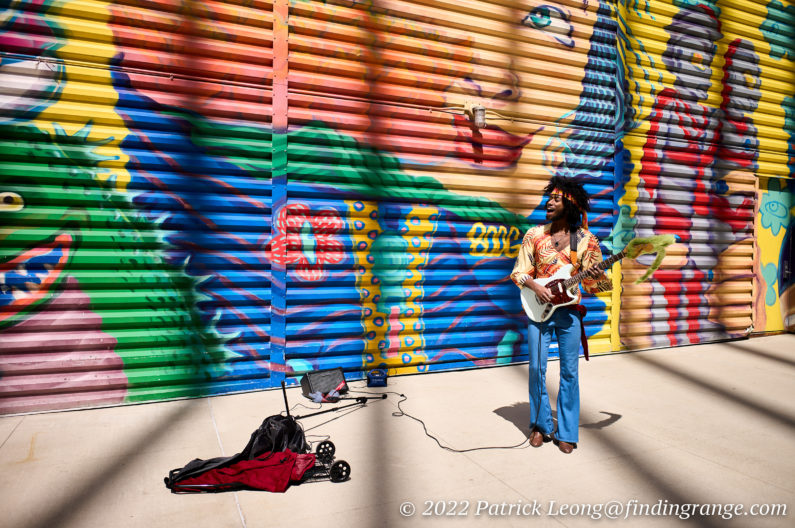
↑ This was taken in the morning using f4 and 64 ISO.
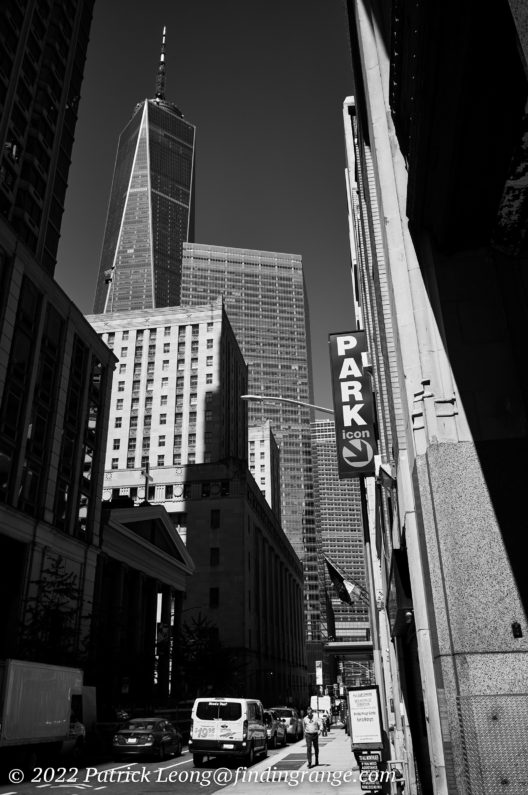
↑ Here’s a photo taken with the lens set at f11 and 160 ISO.

↑ I believe I used f8 with this photo. The Leica M11 was set at 200 ISO.
For one, the Elmarit-M 28mm ASPH is extremely sharp. The version of this lens that I had owned before was during my M days, and at the time, I was using it with my M9. I tested this version with the latest and greatest M so far, the Leica M11. It has 60 megapixels, and the lens performs perfectly with it. At wide open aperture, sharpness is excellent throughout pretty much the entire frame with corners maybe ever so slightly losing a little definition but not something you can clearly see in the real world. Stopping down improves sharpness ever so slightly but as far as I’m concerned, you’re only stopping down to increase depth of field not to improve the image quality. This lens can be used throughout the aperture to produce spectacular results.

↑ Here’s another photo taken with the lens set at f8. I used 125 ISO.
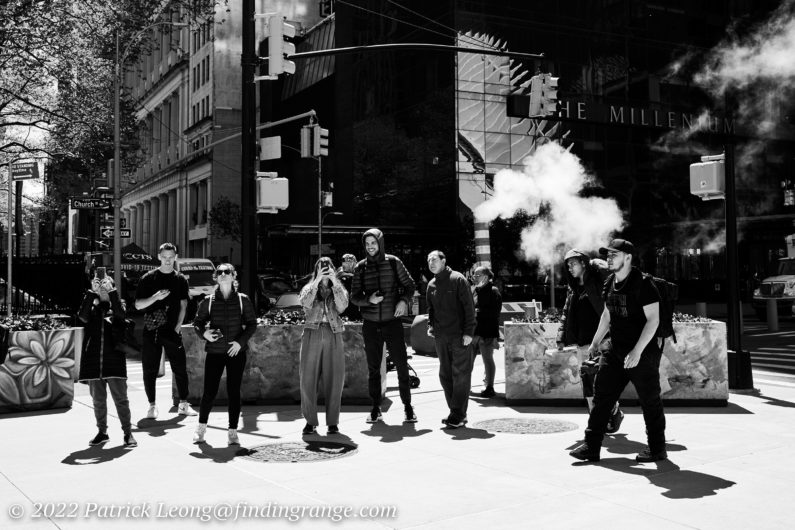
↑ I think this photo was taken using f11. I used 640 ISO.
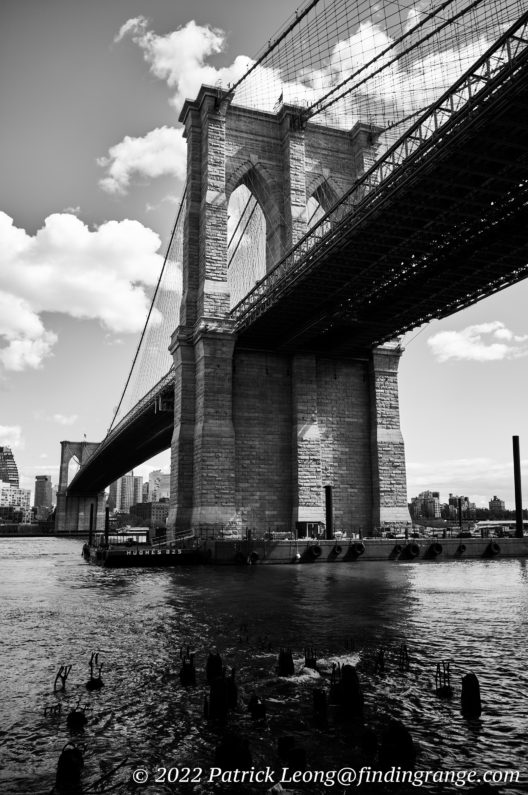
↑ This photo was taken using f8 and 250 ISO.
Besides sharpness, the Elmarit-M 28mm f2.8 ASPH also has other excellent features that really adds to its well-roundedness and versatility. It has great contrast and color rendering. Images have nice depth and realism to them. Distortion is practically non-existent. Flare is also extremely well-controlled unless you’re purposely try to cause issues. If anything, there is some vignetting at wide open aperture but nothing that is really going to be an issue, if you ask me. It’s nothing out of the ordinary. Overall, I love this lens because in addition to the great build and ergonomics, you have something here that just consistently produces superb results.
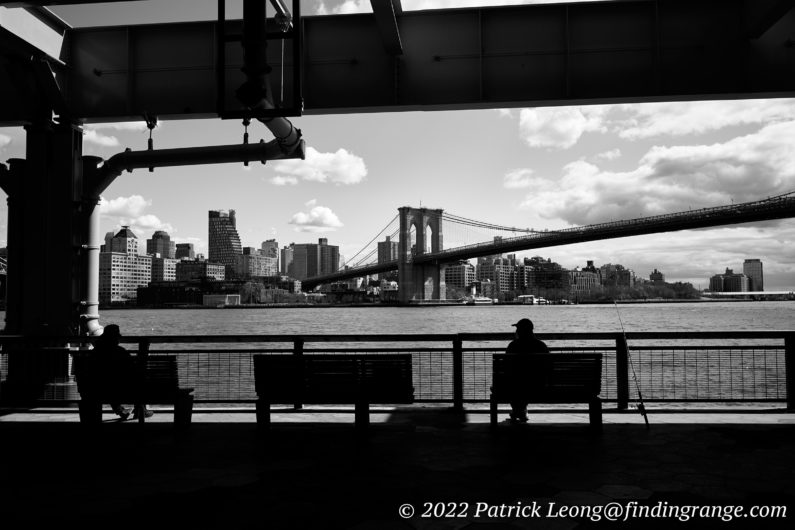
↑ This photo was taken using 100 ISO. I think my aperture setting was f5.6.
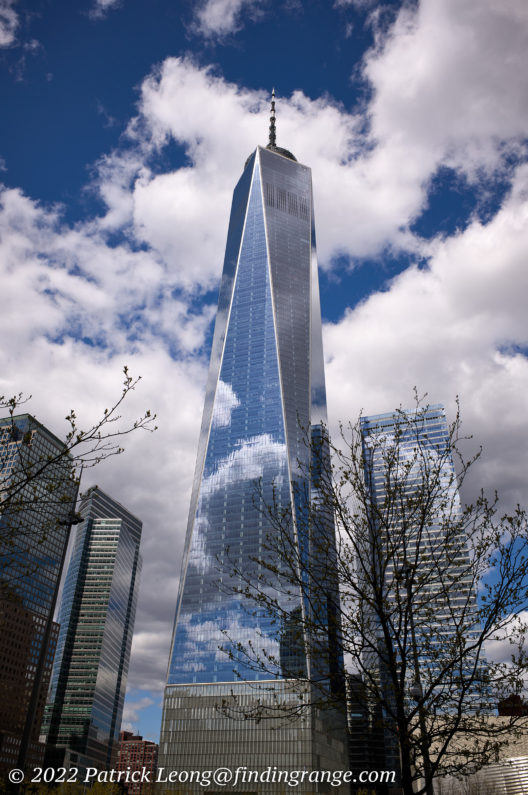
↑ Here’s a photo taken with 64 ISO and f8.

↑ Love the color pop. I used 250 ISO.
For those who are wondering how this latest version compares to the previous one, optics are also improved slightly. I think any optical improvements are really at the wider apertures though, and I don’t think the differences are huge or noticeable enough, so it might not be worth it to update, if you have the older version. That’s just my opinion.
Leica Elmarit-M 28mm f2.8 ASPH Lens Bokeh:
As for the quality of the depth of field, the Elmarit-M 28mm f2.8 ASPH does produce beautifully smooth bokeh. There’s not much to complain about here. I tried it out, and there aren’t even really any issues like weird artifacts in the photos, for instance. The only problem that you might have is actually getting a thin enough depth of field to see the quality of the bokeh more. Achieving a shallower depth of field can be a little more challenging because this is a wide angle lens with a maximum aperture of f2.8.
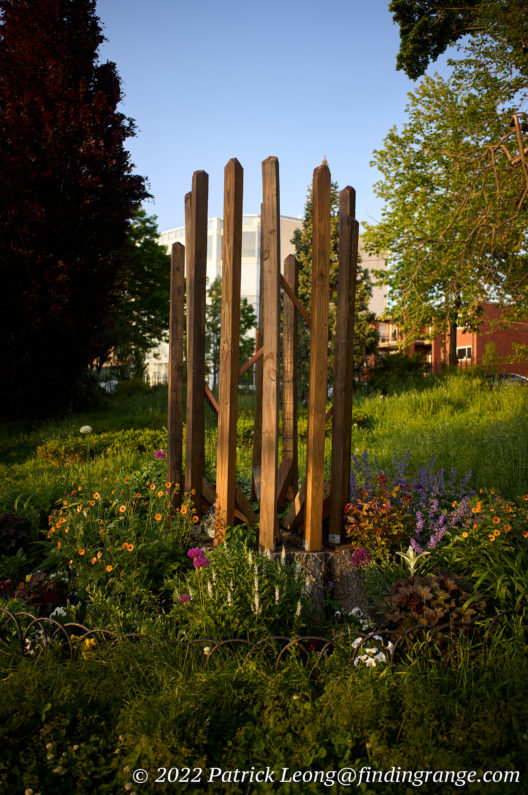
↑ This photo was taken with f2.8 and 100 ISO.

↑ This photo was taken with f2.8 and 200 ISO.
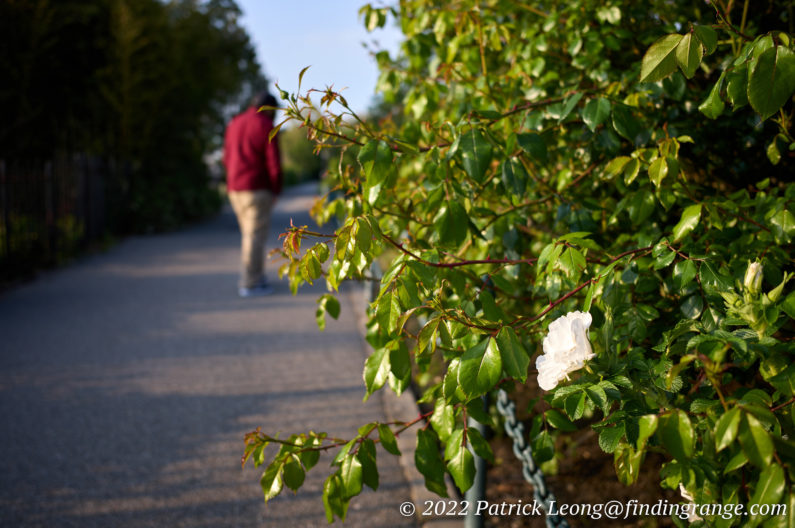
↑ This photo was taken with f2.8 and 160 ISO.
Pros And Cons:
Pros:
- Superb build.
- Ergonomics are essentially perfect for this type of lens.
- Easy to focus.
- Spectacular image quality.
- One of the cheaper Leica M lenses out.
Cons:
- If you want ultra shallow depth of field, this might not be the lens for you.
- It’s one of the lower priced M lenses but still very high compared to the competition.
Leica Elmarit-M 28mm f2.8 ASPH Lens Verdict:
I am actually not a fan of the 28mm focal length in general but the Elmarit-M 28mm f2.8 ASPH is still one of my favorite Leica M lenses currently out and with good reason. To me, this is probably one of the most versatile lenses in the Leica catalogue. It’s extremely well-made, focuses easily, and offers downright, spectacular image quality. The focal length is great for a variety of subjects ranging from street photography to travel.
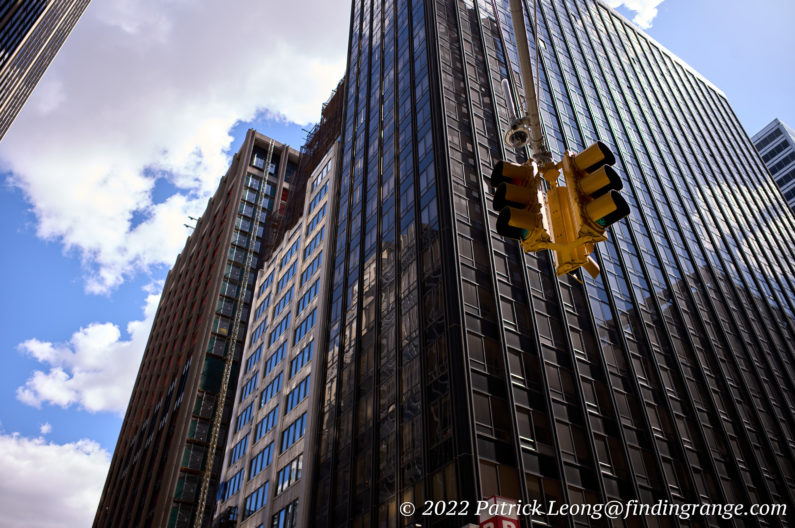
↑ This photo was taken with f2.8 and 64 ISO.
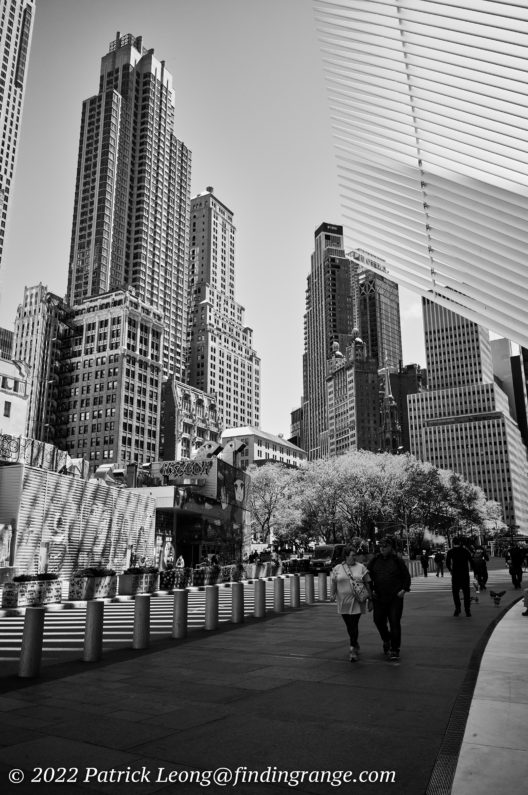
↑ I used 500 ISO here.
It’s true that this lens might not produce the most shallow depth of field out there. With a maximum aperture of f2.8, it’s not always easy to throw the background out of focus unless you’re very close to your subject.

↑ This was taken with 160 ISO and f8.
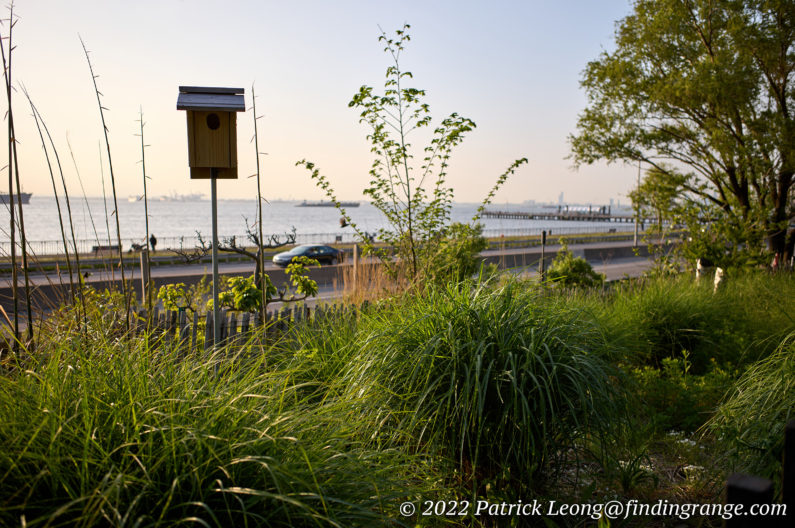
↑ This photo was taken with f2.8 and 64 ISO.
However, for this type of lens, I feel f2.8 is plenty fast enough. First off, modern digital cameras have great high ISO capabilities, so I wouldn’t be too afraid to raise the ISO, if needed. Second, this is a wide angle, and it’s not something I’m going to use for portraiture much, where I might want to to throw the background out of focus, for example. Plus, the trade off here is a lens that is ultra compact, and light making it pretty much the perfect “everyday” lens, which makes sense for this type of focal length. Out of all the 28mm lenses in the Leica catalogue, this would be my first choice, and it actually was, since I did buy one a few years back.

↑ I think I used f5.6 here. 200 ISO was used.
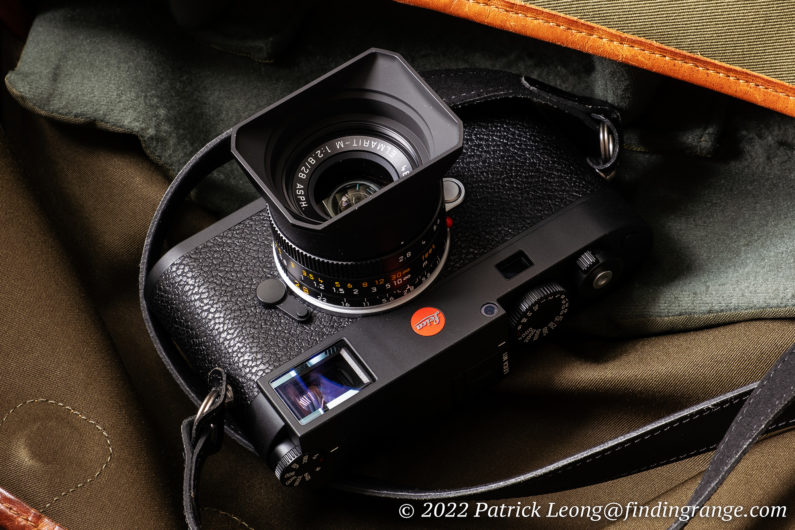
↑ One last photo of the Elmarit-M 28mm f2.8 ASPH attached to the Leica M11.
The bottom line is, if you’re looking for a lens that you’re going to use all the time and love, the Elmarit-M 28mm f2.8 ASPH should be at the top of your list of lenses to buy. I feel this is one of the best M lenses currently out because it just really compliments the Leica M way of shooting, in my opinion. This is one of those lenses that should be in everyone’s camera bag, and with its current price, it’s definitely much more obtainable than say something like a 50mm Noctilux. I can’t recommend the Elmarit-M 28mm ASPH enough.
Thanks for taking the time to read my review! If it helped, please consider purchasing from any of the links mentioned in this post, which in turn, helps support this site. I get a small commission but it will not cost you anything extra. Thank you!

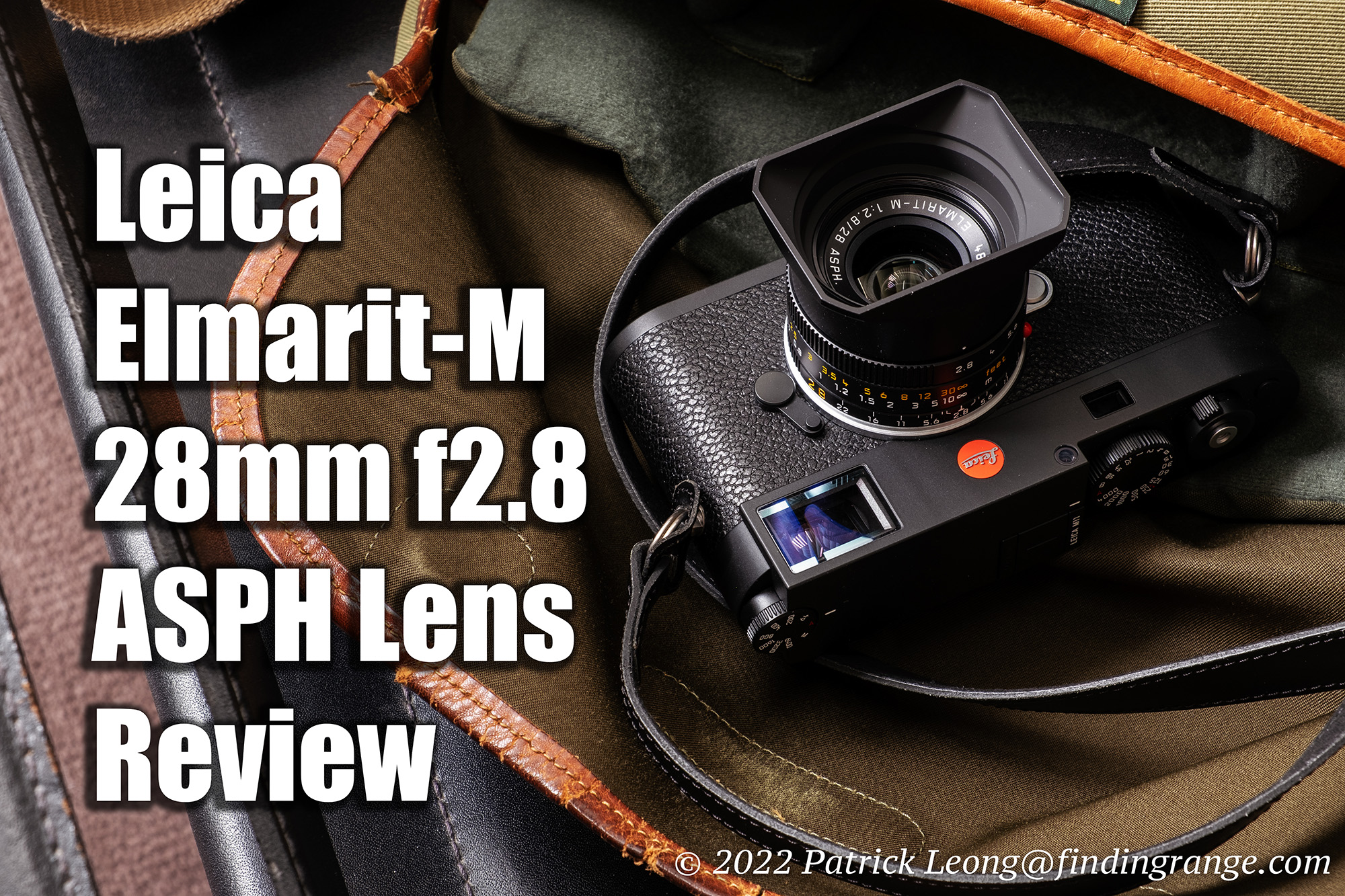
Hi Patrick… seems like a long overdue review of this little gem. Thanks for doing it. Ive used this briefly. Looking at these and pictures you took with summaron a while ago, I’m liking those more. That lens is less bright of course but the pictures appear to have more pop and character dare I say.
Hi Mahesh,
Good to hear from you, and hope all is well! The Summaron? That is probably my favorite M 28mm currently out :). It is such a fun lens to shoot with, and I love the results I get from it.
Best,
Patrick
Thanks for this review. Timely for me. I just returned from a week of shooting at Grand Canyon North Rim and Bryce Nat’l Park. I used my M10R and Zeiss 35 f1.4 for about 99% of my shooting (almost all shooting at f2.8). While I like the Zeiss very much, it does lack the “pop” of contrast that a similar Leica lens has.
I found myself wanting something a little wider. I had the 28 Summicron earlier but traded it in. I’m leaning towards the 21 Super Elmar f3.4. A bit heavier than this lens and more expensive than this lens but more width than going from 35 to 28.
Hi Gary, I am very puzzled by your comment on the Zeiss 35/1.4 lens. It is the best m 35mm lens that I have used. I replaced my Leica 35/1.4 lens as it had a much better rendering overall including the 3D look that is amazing and is achieved through great contrast and micro contrast which Zeiss is famous for. It also has the best smooth creamy bokeh including busy backgrounds and highlights. It also has incredible sharp sunstars. The only flaw it had was that it was significantly bigger than the Leica 35/1.4 and so also blocked more of the rangefinder viewfinder – but I did not care due to its best in class optical performance.
I have owned both the Leica 35 1.4 in addition to the Zeiss 35 1.4 which I mentioned and own. I agree with your comment that the Zeiss is better than the Leica 35.
However when compared to the “pop” that I see when I shoot with the 50 APO (which I no longer own) or 50 Summilux, the Zeiss is a little flat. Maybe just my tired 70 year old eyes.
I have not had the opportunity to try the new 35 APO. Maybe that lens will produce the “pop” I am looking for.
Hi Gary, the zeiss 35/1.4 has very natural colours based on the profile in Lightroom. If you increase the midrange contrast I think you may find the pop you are looking for. The lens, in my experience, captures wonderful micro contrast, but raw processors have default rendering profiles that do not suit your preference. I find increasing the contrast provides tremendous depth and pop to my images. I have the apo 35/2 very recently and find it disappointing to the 35/1.4 in the out of focus rendering in busy backgrounds and backgrounds such as highlights coming through leaves. Otherwise, I find it a magnificent lens but at this point I think I like the zeiss 35/1.4 better but it is a lot larger…hope this may help you a bit.
Thanks for the feedback. I have no plans to buy the 35 APO. I’d like to try it out but I don’t think the cost benefit is there.
Another sleeper of a 35 lens is the Zeiss 35 f2. I shot that lens extensively on my now departed M10. That 24MP sensor was well suited to the Zeiss 35 f2. I plan on testing this Zeiss on my M10R later this year. Hopefully the M10Rs step up to 40MP will not have compromised this excellent lens.
Finally I find any lens above f1.4 produces busy backgrounds shot wide open unless the background is smooth to begin with. In other words leafy backgrounds are way too complex to produce anything other than busy. Distant mountains, ocean and beach, etc. are ideal for an F2 shot wide open. All my opinion and not necessarily everyones own experience.
I owned the Leica 21/3.4 m lens until recently. It is a truly sensational lens and has a gorgeous rendering that is second to none. I think it is better than the 24/3.8 m lens but I have kept it as that focal length is much more useful to me. I am trying to reduce my kit so the 21mm got the axe but it took a long deliberation. It was too redundant to wide angles on my SL system.
Hi Gary,
Apologies for my untimely reply :)! Life’s been busy.
The 21mm f3.4 is an excellent option. I used it a few times and enjoyed it quite a bit. I ultimately went with the 18mm because I preferred the extra width. However, as what I shoot these days along with my style has changed a bit, I feel the 24mm would’ve been the better option for me now.
Going from the 35mm to the 21mm is a good idea as opposed to the 35mm to the 28mm. This is only my opinion but I feel the 35mm and the 28mm are a little too close.
I hope you got some great photos on your trip! Sounds like it was a lot of fun!
Best,
Patrick
Patrick,
I have this very lens that you reviewed. In general I agree, it’s an excellent lens, but flare is NOT non existent. WIth all due respect, I don’t see much flare challenging photos in the ones that you uploaded. Try indoor shooting that includes a fluorescent light source or a tungsten light bulb. Also try to include include the sun or street lamps in your photos. I expect that you will be disappointed. In all fairness, this seems to be a problem with 28mm lenses in general.
Hi,
No worries, not insulted at all lol. This is a review sample but I’ve actually owned a copy of this lens for quite a long time as well. I’ve used it in many situations, and I have never really had much trouble with it. I don’t doubt your experience with it but at least for what I’ve shot, it’s been a good performer. Thanks for stopping by!
Best,
Patrick
Hi Patrick, Could you or the readers here make a few comments about using this superb 28mm Elmarit on Sony full frame A7 series ? Like others, I get this distortion (field curvature made for film photography ?) in the digital images that is hard to correct in post.
Thanks, Charles
Hi Charles,
I reviewed this a while ago, and I don’t have an A7. Sorry, I can’t help much.
Best,
Patrick